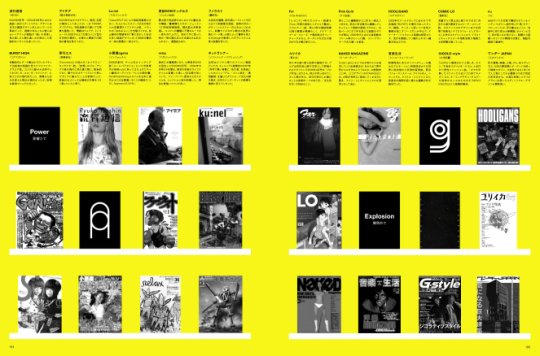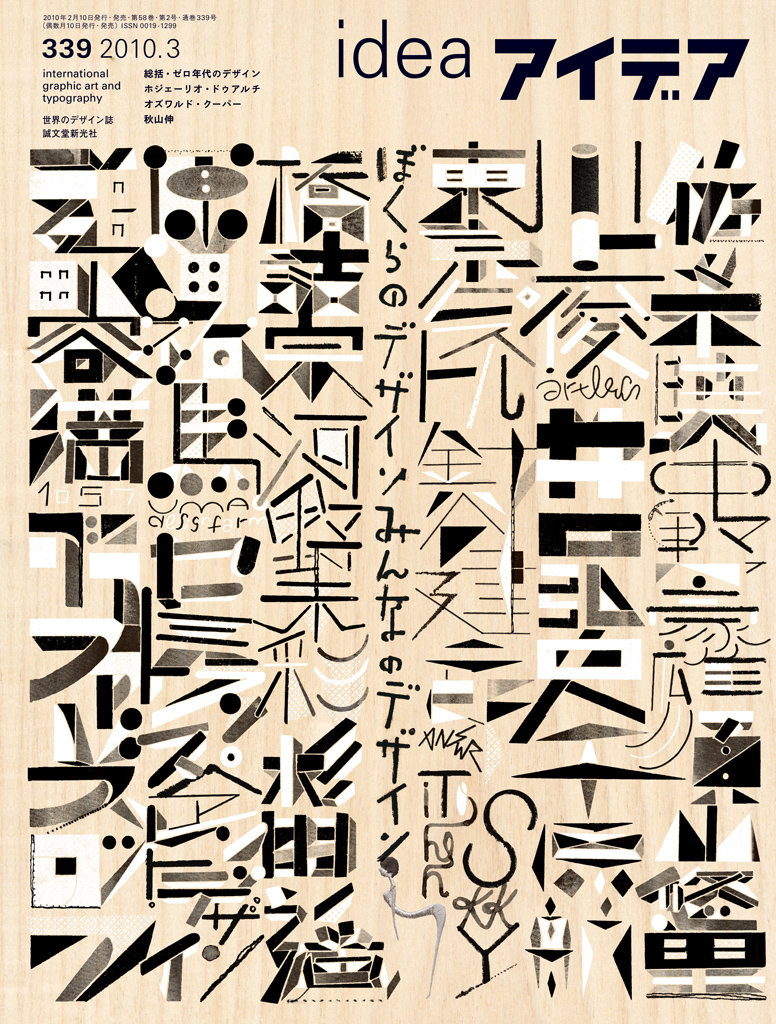
IDEA No.339
Published: 2010/03
Price: 定価3,111円/2,829+tax jp yen soldout
Keyword
Special Feature: Privately Public, Publicly Private
Haruka Sugita, Tokyo Pistol, So Hashizume, Yuma Harada (UMA / design farm), Hiroshi Iguchi, Koh Chihara, Akira Sasaki, Kenjiro Harigai (ANSWR), Shun Kawakami (artless), Yoshio Nakano, Yuri Suyama, SKKY / iTohen, Semitransparent Design, Midori Kawano, GraphersRock, Yoshimitsu Sakoda (1057)
Cover Artwork: Daijiro Ohara
Haruka Sugita is a Japanese designer and illustrator based in the northern island of Japan. What is characteristic of her work is a personal reinterpretation of different types of images selected from design, illustration, girl culture, animation, and comics (Manga). Sugita’s approach cannot be considered a mere citation of different contexts- instead it is a contrastfilled, critical synthesis. The ambiguity inherent in Japanese visual culturedoes not spoil the unity of her work, giving traditional aesthetic categories new life in her works.
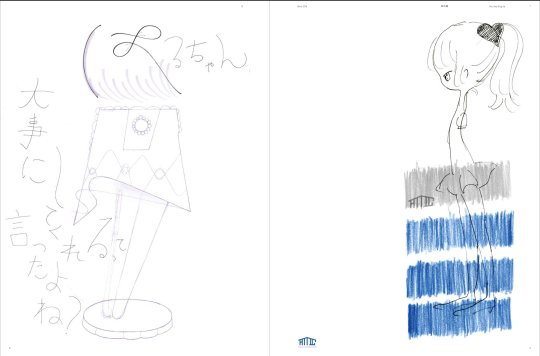
TOKYO PISTOL is a group of Japanese creators whose special interests are collective projects and events, rather than industrial and commercial designs for clients. Thematic projects on social issues such as recycling and DIY are of particular interest to the group. They are a collective of experimentalminded, learned designers who confidently apply their knowledge of the practice of design to organize projects of a nonconventional manner. For the group, to “design something” means not only to conceptualize and materialize ideas, but to generate them in real-time on-site.
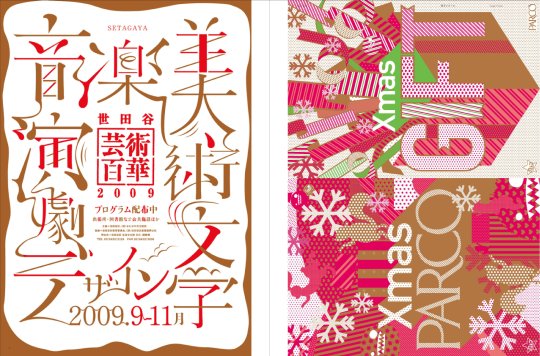
So Hasizume studied design in England and there was taught the idea of “practice of everyday life”. In his view a designer needs to work not just toward the visible form but for a better relation-ship between object and user as well as for their structure and funct ion. His design ranges from book design to projects on web as well as workshops. He is actively seeking new roles for the designer in the world at large.
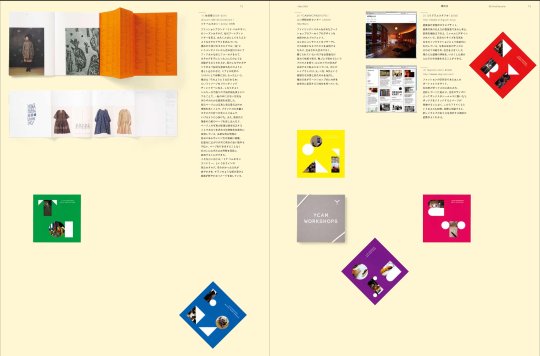
Yuma Harada (1979 – ) has been developing a multidisciplinary design practice across various fields including exhibition design, catalogue making, wayfinding, and selfpublishing via his own book label. In 2009, he launched the project “DESIGNEAST” to reposition his hometown of Osaka as a creative hub. He is expanding both the range ofhis activities and the definition of design as a communicative social force.
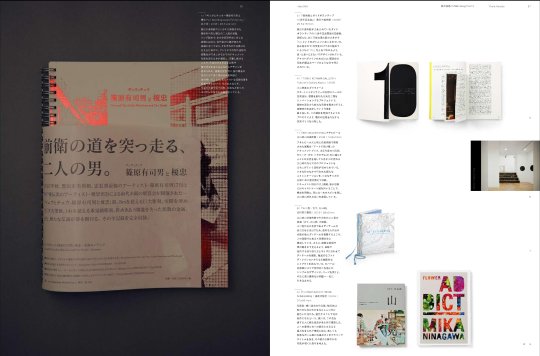
Hiroshi Iguchi
Japanese designer Hiroshi Iguchi has been quoted as saying, “To me, Keisuke Serizawa is the ideal designer.” Upon initial analysis, there seems to be little in common between the work of the work of the two – Serizawa was one of the members of “Mingei”
(a Japanese version of the Arts & Crafts Movement), while Iguchi is a contemporary graphic designer creating subculture-focused works. For Iguchi, Serizawa may be an idealized graphic designer, having created works across multiple media with a free and willing mind. Serizawa challenged conventional categorization by creating multidiscplinary work that boundaryhopped illustration, sign language, fine art, illustration, and textile design. This flexibility in approaching projects with an open mind is representative of Iguchi’s work, and doubtless where he finds commonality with the
work of Serizawa.
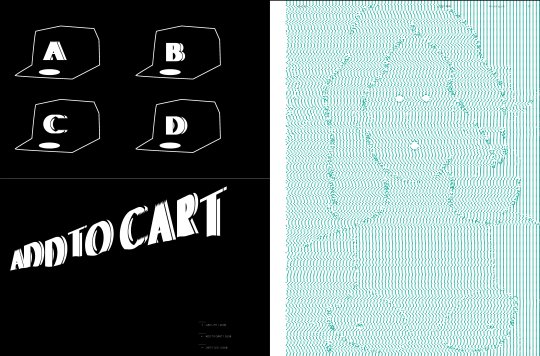
While strongly influenced by punk and new wave, Koh Chihara was also introduced to classic typography in his undergraduate days. These two different sets of values opened his eyes to a varied way of working with a critical eye and strong sense of self-motivation. Primarily working in the fields of music and subcultural pursuits, he frequently self-initiates workshops and lectures, connecting graphic design with other disciplines.
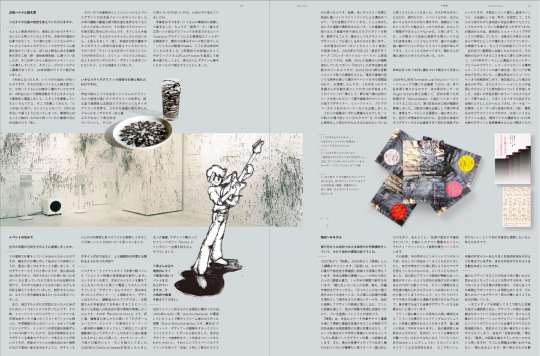
Akira Sasaki
Sasaki is a graphic designer primarily working on books on literature, subcultural studies, and music for independent music companies. He discusses his serious out look and feelings on human life, work and design.
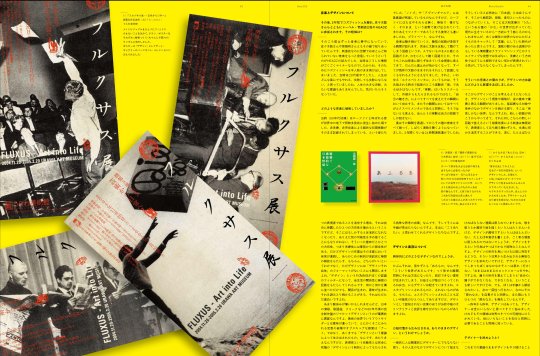
How can one be active as a graphic designer with minimal training and high expectations? Kenjiro Harigai made this difficult leap, self-initiating various publications and events while leading inf luential design practices. He has continued to move fluidly and autonomously withinthe design world.

The artwork and design of Shun Kawakami utilizes indigenous Japanese elements in a bold fashion while maintaining both an appropriate sense of distance and a distinctive
aesthetic. His activity moves back and forth freely between the field of art and design organically both with a personal sensitivity and with the flow of the times.
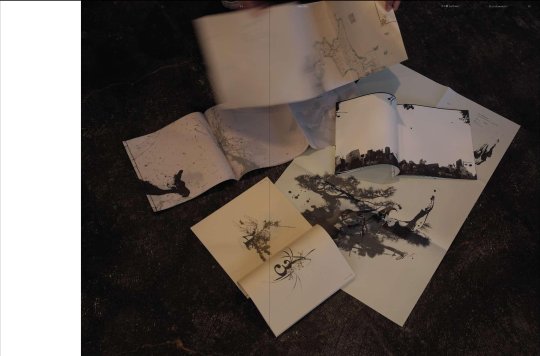
Takeo Nakano (1977- ) is a Japanese graphic designer who is highly conscious of the importance of the book as a papercomprised medium. He demands that book design not only be graphic, but also “editorial”. He designs books from the fundamental structure. His works that are well-thought-out in details can tell us how far the designer has reached in his search for the appreciation of book.
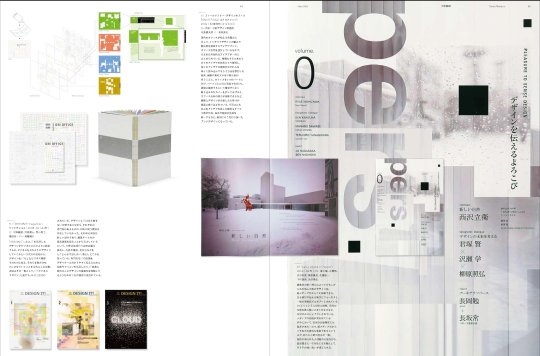
Yur i Suyama 1983 is a Japanese graphic designer who is act ively self-publishing books he has dsigned. In his own words, “due to my dual activ i t ies, I recogni zed i t was also a part of designing how to provide books to readers”. His awareness of the relationship between book designers and readers as audience imparts his book design and publ ication work with originality.
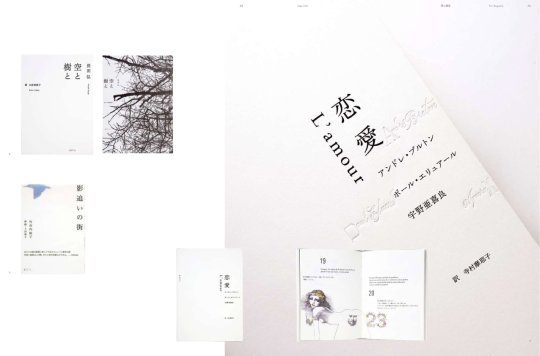
SKKY base in Osaka is a design firm with a gallery space iTohen. As its art director Ajisaka called it as a self- initiated town hall, both SKKY and iTohen are open to local
community through the gallery and cafe with selected books, musics and food. They are also active for introducing young talents and often produces flyers and publication with thier playful graphics.
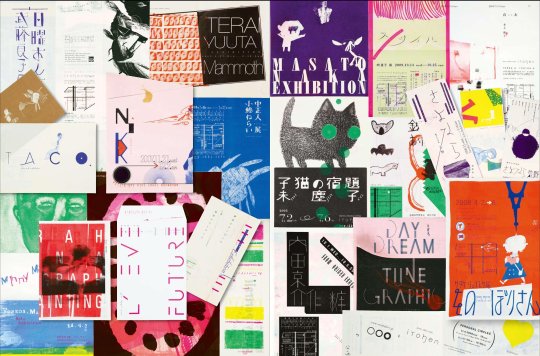
The prominent tools for designers today are digital, but it is just as important to find working methodologies to realize graphic intentions. Semitransparent Design have found a place in the continuum of design by being firmly rooted in the translation of the analog into digital form in a userconnected fashion with their imagination.
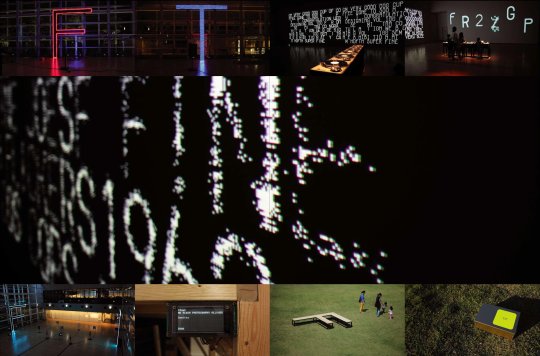
Deploying a mixture of schematic rendering techniques, airbrushinspired illustration, and abstract prismatic approaches, Midori Kawano has developed a signature style where she folds space and time through both analog and digital methods.
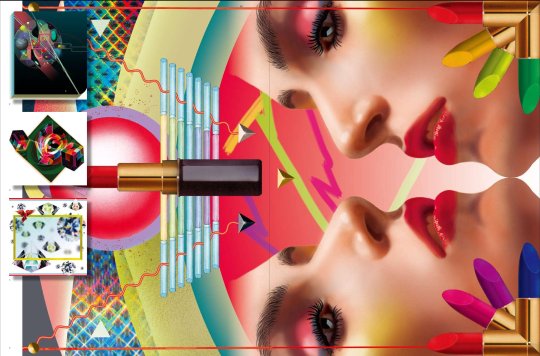
GraphersRock embody strong imagination empowered by new technology. Tamio Iwaya, the head of the design studio GraphersRock, has pulled from the aesthetics of Pop, Sci-Fi, and Techno from the 70s through the 90s, interpreting them into fetishized contemporary visual imagery. Iwaya energetically produces zines as well as contributing design works to an internet music label.
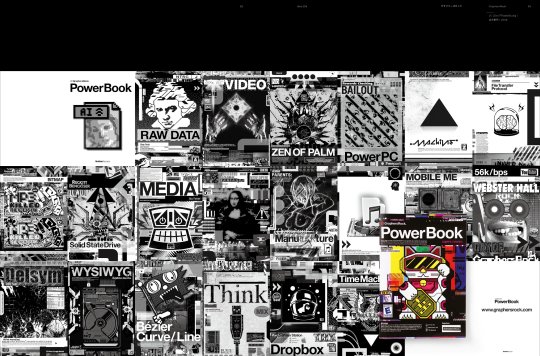
Yoshimitsu Sakoda is a Japanese designer who belongs to a new generation of creators who can fully exploit technology-creat ing and remixing digital tools with a mastery of digital distribution networks. Ignoring convention, Sakoda is an intuit ive and thoughtful navigator of the oceans of informat ion.
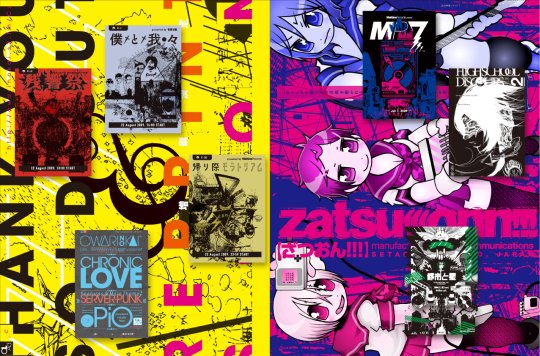
00/10 What happend on design of the 2000s
Design: Masaki Amano
ROGÉRIO DUARTE DUARTE: BRAZILIAN GENESIS AND PARIAH
Compiled by Warren Taylor and James Hibberd
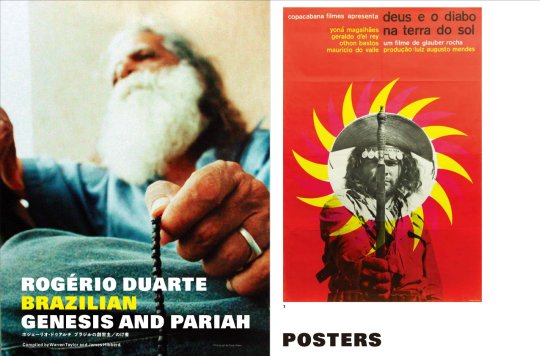
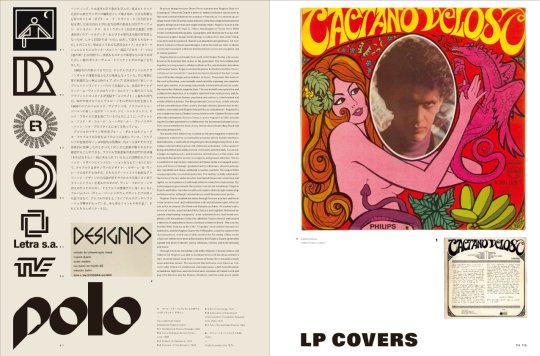
Heft, Gravy, and Swing: The Life & Times of Oswald Cooper
Text: Ian Lynam
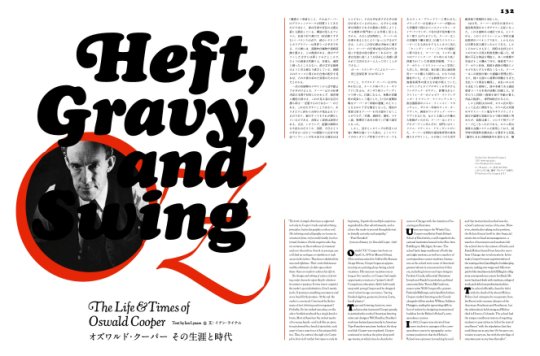
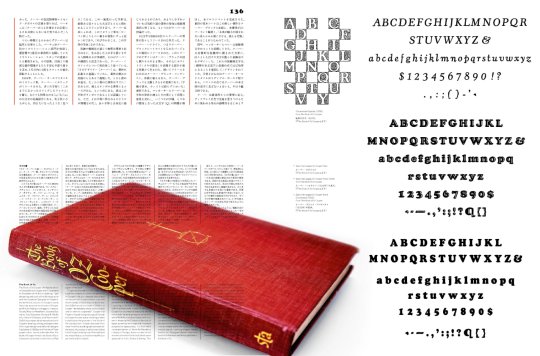
Forms of crossing the boundaries: Vol.1 Shin Akiyama
Text and Design: Yasuo Totsuka
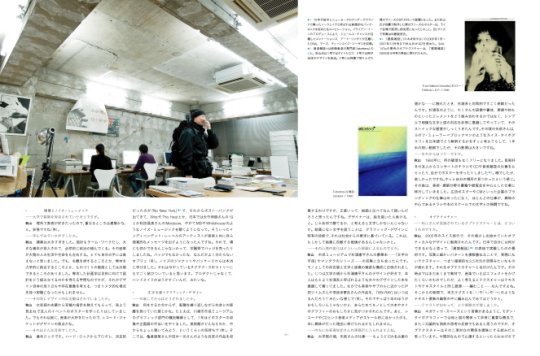
The magazines of the decade 2000-2009 in Japan
Text: Barbora
Design: So Hashizume
